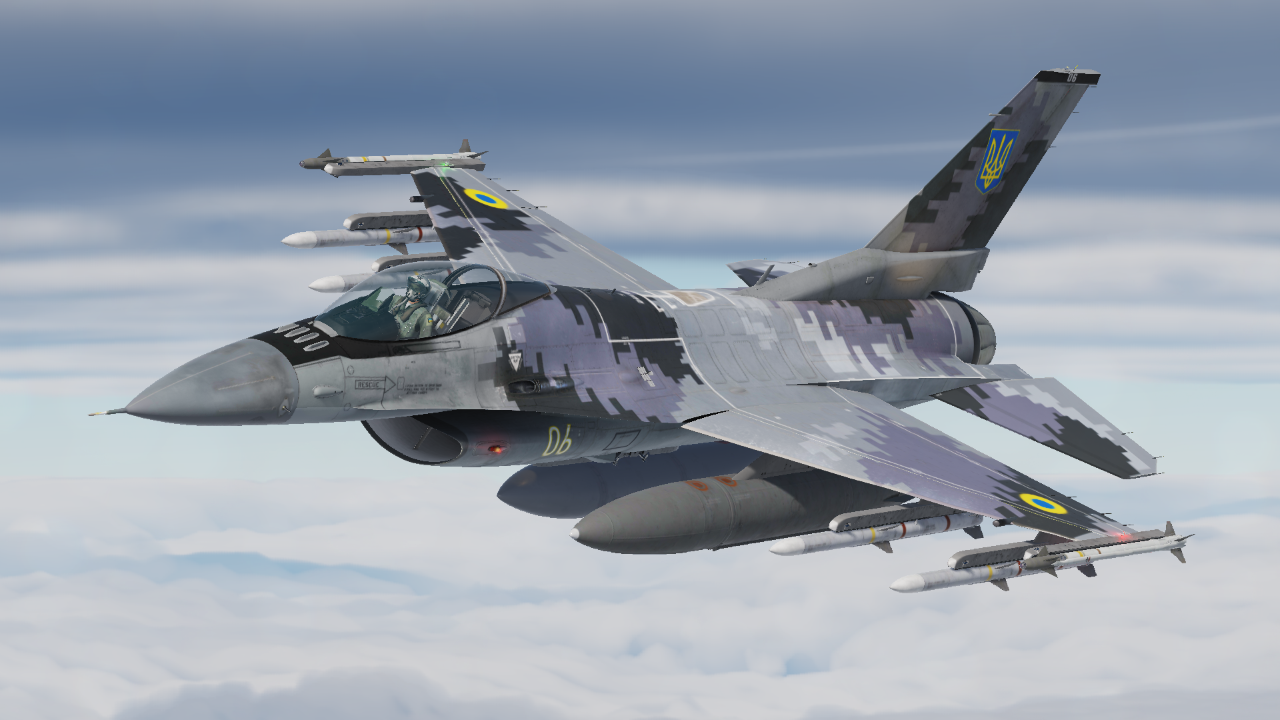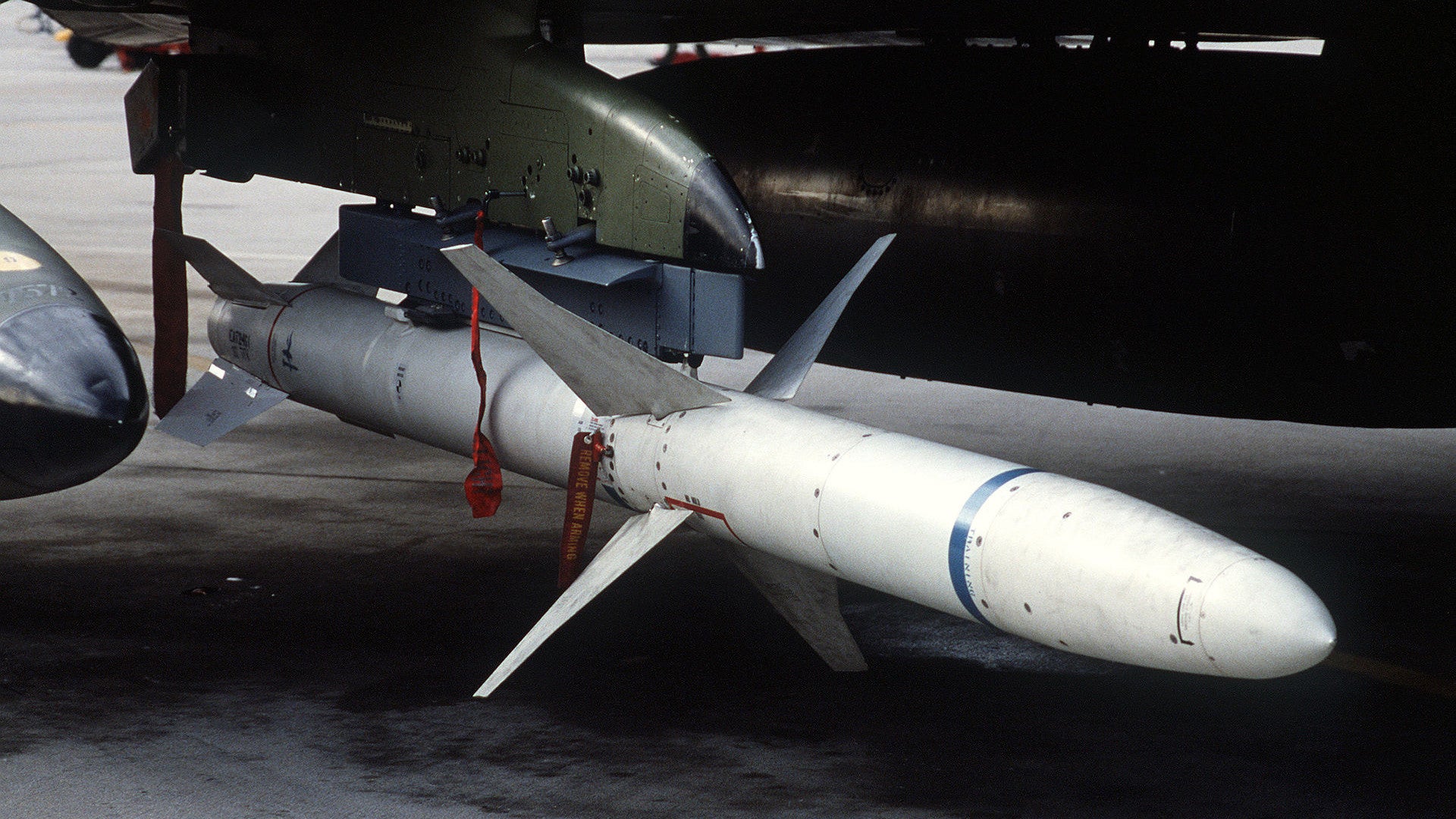aonestudio
I really should change my personal text
- Joined
- 11 March 2018
- Messages
- 2,964
- Reaction score
- 7,493
Without wanting to go into politics, what would be needed for a HARM missile to be
A) fired from an improvised ground launcher
Or B) fired from a legacy Soviet airframe like mig-29?
Of course, at least some usefulness against electronic emission targets would be needed, we're not talking about a pure blind launch.

I suspect there would have to be a safe separation trial though.
In the absence of additional context and evidence, this is quite possibly the best explanation.consider the possibility that the incident was fabricated
Sure you're not thinking of ALARM? Not sure how a solid-rocket powered missile "loiters".Don't forget that Harm have a passive launch mode with a loitering capability.
From what I know, PB is one of the sub-modes under the POS mode(or PB mode in Hornets and Super Bugs, since they use a different naming for the individual HARM launch modes compared to Falcons.), namely EOM, PB and RUK. The most simple launch mode would be RUK, but that still would need a pilot input through the cockpit interface; same applies to the HAS mode(aka TOO for the F-18s). The only possibility for the Ukrainians to use HARMs launched from the air would be the case in which they've received MiG-29s from Poland and integrate HARM to those aircrafts, which is still unlikely to happen and is a moot point when we're talking about HARMs already used. So I'd also agree with others, that those HARMs used, if true, are launched from ground.Pre-Briefed (PB) does not rely on a lock-before-launch process, it loads a pre-planned target location from the aircraft into the missile and fires it "blind" once kinematically in range. The hope is that the target will be active for the seeker to acquire once in the terminal phase. Later variants with GPS can accurately hit the pre-defined coordinates even if that doesn't happen, although if the target has moved from its known position (rather than just shut down) that doesn't help either.
All of these require communication between the aircraft and missile to some extent, but it seems that PB could perhaps be bodged to work with minimal integration. Especially with newer versions that include a GPS receiver it may be possible to jury-rig a system where the target is stored in the missile and it (rather than the aircraft) determines when the target is in range. Or you simplify the whole thing down to the bare bones, where the missile is launched essentially dumb and relies on the pilot to manually determine that the target is actually in range. That may require nothing more than a valid launch command to be transmitted.
The only possibility for the Ukrainians to use HARMs launched from the air would be the case in which they've received MiG-29s from Poland and integrate HARM to those aircrafts, which is still unlikely to happen and is a moot point when we're talking about HARMs already used. So I'd also agree with others, that those HARMs used, if true, are launched from ground.
That F-16 registration code seems weird?... ("SWR-GK")
Good one. Thanks!

Apparently Polish Mig-29s have a 1553 database so the first step is possible. But then you'd need new launch rails and an RWR capable of sending signal to the HARM?That's surprising. I wonder if there modifications made to Ukr aircraft pre war then?

You should add Slovak MiGs as well. They've integrated quite a few western avionics with help of BAE and I'd be surprised if they were able to do that without changing the data bus.Apparently Polish Mig-29s have a 1553 database so the first step is possible. But then you'd need new launch rails and an RWR capable of sending signal to the HARM?
TB-2s are too small to use HARM.Doesn't Turkish made drones have 1553 compatible bus? At least they (Baykar) are looking for qualified personals in their R&D.
Interesting thread which is mostly speculation but interesting nonetheless:The question, which version?
Why would they need an excuse? Russia has been mobilizing pretty much as much as it wants with no repercussions.
TB-2s are too small to use HARM.
The D version does need to know the GPS position though. Not sure whether that needs to be calculated prior to launch or not. The E version would have just found them.
The MWR can home in on targets that have only recently moved though. If they are in the area of regard it will hit them.Even the E-model with MMW guidance won't necessarily help against shoot and scoot tactics. This kind of problem accounts for a lot of the perceived inaccuracy of Russian PGMs in this war, BTW - in many instances they are shooting at stuff that is no longer there (if it ever was), based on outdated intel. That Theiner guy is being daft if he truly believes in "absolutely no escape". The active terminal seeker was mostly added because even GPS isn't necessarily accurate enough to guarantee damage, depending on what source the geo-location derives from. That is to say, the missile will probably hit the coordinates it has been provided with just fine, but how close is this position to the actual location of the target? If the geo-location is based on high-res EO imaging it's probably good enough, but if it comes from SAR, ESM or even the missile's own (tiny) passive seeker, the relatively small warhead may not do much. Also, he glosses over the use of decoy emitters.
Last but not least, if only PB mode is available, that leaves the launch platform exceedingly vulnerable to pop-up threats. The Russians have failed to effectively suppress older versions of their own AD systems despite having ARMs that are properly integrated with their aircraft and which can respond to targets of opportunity. So what's the basis for assuming Ukraine will fare better against a more numerous and more modern threat, using missiles that can only be fired against *known* targets? I'm sure Ukraine will find it useful, but it's certainly not a game changer under the aforementioned circumstances.
I'll never forget that picture of a burned out ambulance in Gaza that was allegedly hit with a laser-guided bomb back in 2006. The picture made it into the Australian dailies. There was a neat round hole in the roof, right in the centre of the red cross, and this was presented as evidence that the Israelis bombed an ambulance out of malice, spite, or simply not caring.I think we also have to consider the possibility that the incident was fabricated.
